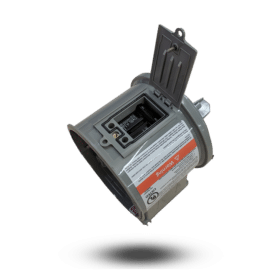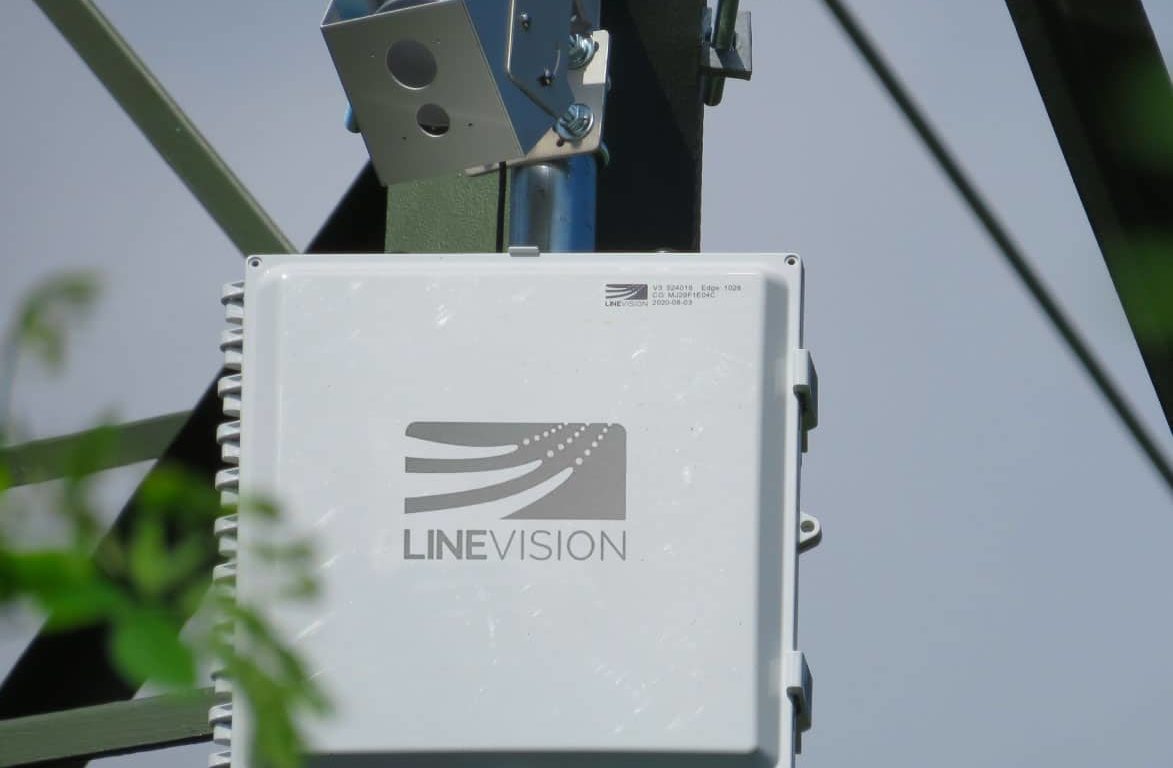The success of an industry is driven by innovation and the renewable energy industry is no different.
That’s why the 30-plus major corporations that released a call for the Biden Administration to implement national policies that will position the country to transition to a zero-carbon power sector emphasized the need for increased funding for federal energy research, development, and demonstration of clean energy technologies.

Thus far, much of the work that has been done to fund cleantech innovation has come from the private sector and venture capital firms. One firm, Clean Energy Ventures, thinks 2021 will be a landmark year for technologies coming out of the lab and toward commercialization.
pv magazine USA sat down virtually with Daniel Goldman, Clean Energy Ventures’ co-founder and managing director, to discuss three startups that he expects to make significant waves in the market.
Sundensity
Based in Rochester, New York, Sundensity has developed photonic smart coatings for utility solar power producers. It says that its technology can improve solar output by 20% more than other panel coatings.
“The thing we really love about this company is that it’s a very simple approach to radically increasing efficiency,” Goldman said. “Going from 20% efficiency to like 23-to-25%, people are looking for a quarter- to half-point increase in efficiency to drive costs down.” He said such an improvement would be a “game-changer in disrupting that space.”
The solution is a multilayered coating applied on top of a glass substrate via process known as “magnetron sputtering.” This is done by creating a plasma to shoot the materials (mainly metals and oxides) onto the glass using a physical vapor deposition chamber, creating layers that interact with light. The full application contains multiple layers that shift ultraviolet light photons into the infrared, using localized surface plasmon resonance.
Goldman also said he thinks the technology can get to market quickly, and he’s not alone. In September, Sundensity won $1 million from the innovative Luminate NY competition. It then buttoned up $2.5 million in funding in a Series A round led by Clean Energy Ventures.
Founder Nish Sonwalkar told the Rochester Beacon that with the funding, the company is looking to come up with a manufacturing process and design of its nano-optical coating equipment. Sundensity is working with a number of university labs to do just that. The startup is also looking to partner with companies to speed commercialization and pilot a manufacturing plan.
ConnectDER
Turning to distributed energy resources (DERs), Goldman was excited to discuss ConnectDER, a startup that has developed a meter collar at the residential level that allows DERs to be directly routed to the meter.
A rooftop solar system typically requires wiring through a panel in the house, then through the panel to the mains and next to the utility meter, said Goldman. “We’re talking about $500 to $2,000 of savings in terms of the whole solar installation.”
The equipment, Goldman continued, is not just for the benefit of the homeowners and their wallets. The collar also provides information to the utility to help it better understand and visualize how the grid edge is performing and the impact on distribution systems.

UL-listed, the collar connects to PV systems via a junction box with no wiring into the adapter required. The meter collar also includes a circuit breaker on the DER circuit, which is rated for the output of the DE, up to 15 kW at 240 V.
Utilities historically have resisted the proliferation of DERs, especially residential solar+storage, in part because they are resources the utility doesn’t own. With ConnectDER, the utility incentive is expected to be two-fold: Not only is the utility being sent real-time grid edge data, but it also owns the collar.
In the company’s next generation, ConnectDER is looking to add the ability for homes to island from the grid in the event of outages, scheduled or otherwise. Goldman said that this technology was developed specifically with the California market in mind.
LineVision
A transmission line-monitoring startup, LineVision grabbed the attention of Goldman and others at Clean Energy Ventures due to a belief that its technology could have an immediate and material impact on greenhouse gas emissions at a large scale.
“It’s been estimated that up to 40% of renewables aren’t getting onto the grid because utilities don’t understand what their line ratings are,” Goldman said. “What LineVision does is provide dynamic line ratings, as well as line health and awareness of what’s near your lines, like vegetation, by putting a non-contact sensor on the poles.”
The V3 monitor uses thermal sensing and light detection and ranging (LIDAR) to “look out” at the span of the line, predict the dynamic line rating, and determine sway, temperature, and other variables that impact the safety and performance of the line. Each V3 monitor contains an electromagnetic field radiation sensor for collecting real-time data on the line’s electrical properties, while the optical sensor tracks each conductor’s position.
The non-contact element is crucial, as it means the technology doesn’t touch the actual power lines. That means utilities don’t have to shut down lines to install and manage the system. Goldman sees LineVision, like ConnectDER, as potentially having a big impact in California.
The bet that LineVision is making is that, with the dynamic line ratings in hand, utilities will up-rate their lines, allowing for more current to pass over them and ultimately deliver more electricity. The sensors are currently being used by a few utilities, like National Grid.
This content is protected by copyright and may not be reused. If you want to cooperate with us and would like to reuse some of our content, please contact: editors@pv-magazine.com.









By submitting this form you agree to pv magazine using your data for the purposes of publishing your comment.
Your personal data will only be disclosed or otherwise transmitted to third parties for the purposes of spam filtering or if this is necessary for technical maintenance of the website. Any other transfer to third parties will not take place unless this is justified on the basis of applicable data protection regulations or if pv magazine is legally obliged to do so.
You may revoke this consent at any time with effect for the future, in which case your personal data will be deleted immediately. Otherwise, your data will be deleted if pv magazine has processed your request or the purpose of data storage is fulfilled.
Further information on data privacy can be found in our Data Protection Policy.